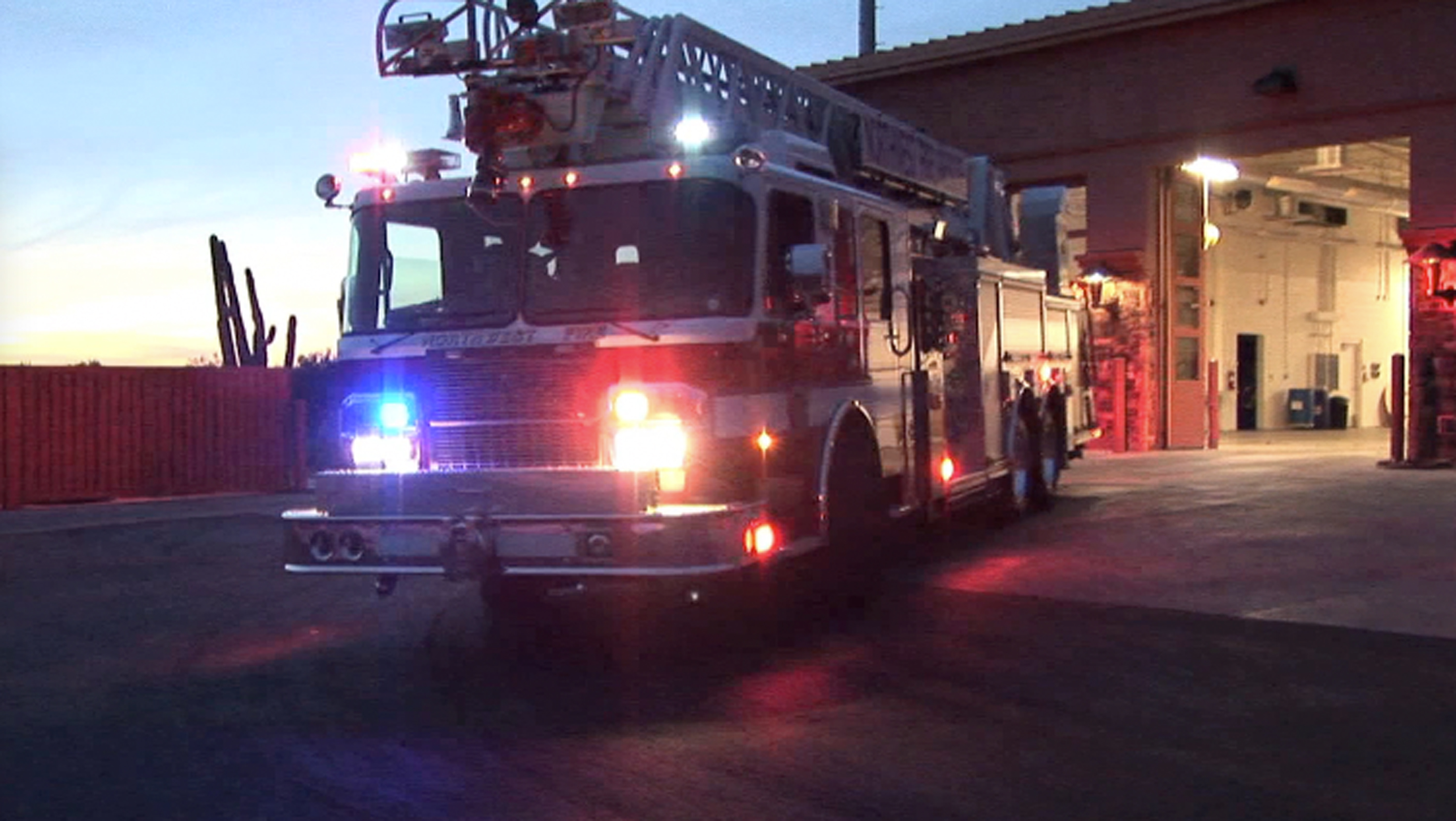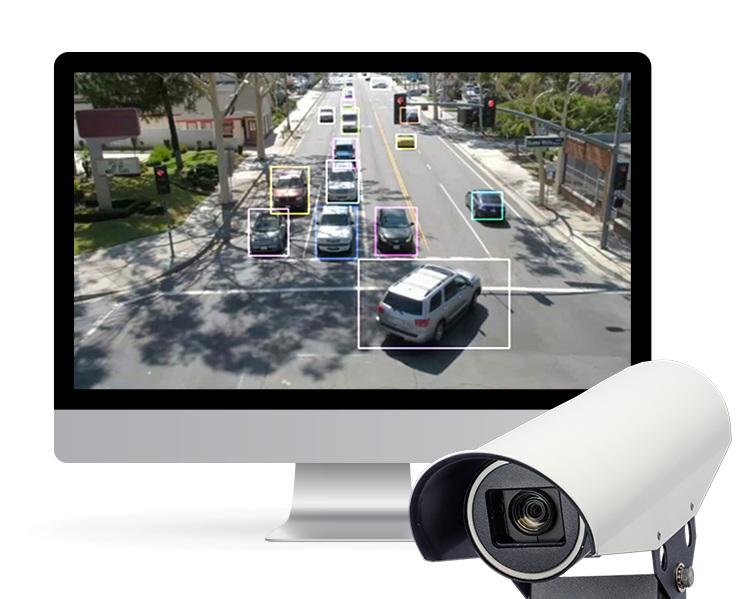New connected vehicle data environments are now available in the US. Department of Transportation's Research Data Exchange (RDE). This web-based data resource collects, manages, and provides access to archived and real-time multi-source and multi-modal data to support the development and testing of intelligent transportation system applications. The RDE now houses the following three additional data environments:
Multi-modal intelligent traffic signal systems (MMITSS) - a next-generation traffic signal system that seeks to provide a comprehensive traffic information framework to service all modes of transportation. The MMITSS bundle aims to improve mobility through signalised corridors using advanced communications and data to facilitate the efficient travel of passenger vehicles, pedestrians, transit, freight, and emergency vehicles through the system. The prototype features three scenarios: Intelligent Traffic Signal System, Freight Signal Priority, and Transit Signal Priority. The data environment contains the following data sets collected from the MMITSS prototype that was tested in Anthem, Arizona: Basic Safety Message, GPS data, Map data, map information for roadside equipment (RSE), priority request server file for RSE, signal plans for RSE, simulation output, system detector data, and vehicle trajectories for RSE.
Basic safety message (BSM) emulator - the trajectory conversion algorithm Version 2.3 (TCA) is designed to test different strategies for producing, transmitting, and storing connected vehicle information. The TCA uses vehicle trajectory data, RSE location information, cellular region information, and strategy information to emulate the messages that connected vehicles would produce. The TCA allows emulated vehicles to generate and transmit Probe Data Messages (PDMs), BSMs, the European Union's Cooperative Awareness Messages, Japan's ITS SPOT messages, and the prototype Basic Mobility Message by either dedicated short range communication (DSRC) or via cellular. This data environment contains data sets generated by the TCA using the BSM and PDM at 100-percent market penetration for two simulated traffic networks: an arterial network (Van Ness Avenue in San Francisco, CA) and a freeway network (the interchange of I-270 and I-44 in St. Louis, MO). The data was transmitted by DSRC over RSEs placed at one-third of intersections along Van Ness Ave and every mile along I-270. BSMs and PDMs were generated and transmitted according to the rules laid out in the SAE J2735 Standard.
Leesburg VA vehicle awareness device (VAD) - the files in this data environment were produced using the VAD installed on one test vehicle over a two-month period. The VAD installed in the test car is identical to the VADs installed in over 2,800 vehicles participating in the Safety Pilot Model Deployment conducted from August 2012 through August 2013 by the National Highway Traffic Safety Administration in Ann Arbor, Michigan. The data files come from a VAD installed in one test vehicle driven in the Leesburg, VA, area during the period from October 18 through December 19, 2012. The file names denote the year, date, and start time of the data collection. The data have been converted from pcap (packet capture compressed binary) format to a csv (comma separated value) format.
Visit the %$Linker:
New connected vehicle data sets available in the Research Data Exchange (RDE)
New connected vehicle data environments are now available in the US. Department of Transportation's Research Data Exchange (RDE). This web-based data resource collects, manages, and provides access to archived and real-time multi-source and multi-modal data to support the development and testing of intelligent transportation system applications. The RDE now houses the following three additional data environments:







